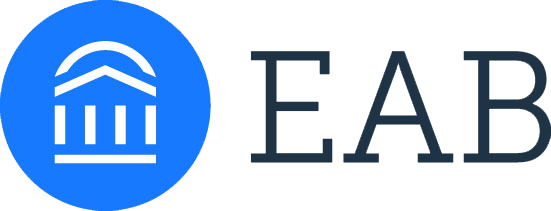
Opinions expressed in AGB blogs are those of the authors and not necessarily those of the institutions that employ them or of AGB.
As people took to the streets last summer to protest the murder of Black Americans, higher education issued promises of change around diversity, equity, inclusion, and justice (DEIJ). 82% of presidents released anti-racism statements, many of which made bold commitments to a new, more equitable future at their institutions.
While the promises came from presidents and chancellors, advancement leaders will be called upon to play a pivotal role in these transformations. That’s because little progress can occur without advancement securing the funds necessary to turn these promises into a reality.
Absent new philanthropic revenues, higher education can tackle precious few of its equity goals. Covid has taxed nearly every institution’s operating budget across the past year. On top of that, many colleges and universities had been struggling with increasingly unsustainable business models even before the pandemic hit.
The stakes are high for advancement leaders. Luckily, they are meeting this moment from a position of strength.
That’s because the past decade has brought not only immense growth to the profession—the average shop saw a near-doubling of its budget from 2010 to 2019—but also increasing professionalization. Advancement leaders have honed the skills necessary to attract top talent and close transformative principal gifts.
Today, they can leverage those strengths to create a more diverse, equitable division and marshal resources for DEIJ on campus.
Strength: Proactive talent management
Advancement is a regrettably homogenous professional. 83.4% of fundraisers are white, 21 percentage points higher than the U.S. workforce as a whole.
This lack of diversity is starting to impact fundraising performance, especially for equity-focused initiatives. When we asked advancement leaders about the barriers to fundraising for DEIJ projects, 63% said that the lack of diverse talent on their teams was a major stumbling block.
To increase diversity among our staff, recruiters must rely on the strengths they’ve built up across the past decade, such as proactively cultivating potential applicants to build relationships with diverse candidates before they enter the hiring pipeline.
This includes recruiting out-of-industry talent from professions that are more diverse than advancement that would not otherwise apply, as the team at Rutgers University does. There, talent management staff treat prospective job candidates like donors, cultivating them and warmly welcoming them to the organization before they even apply. This strategy has worked. In the past six years, Rutgers has increased the share of advancement staff from racially diverse populations by 16 percentage points, from 13% to 29%, with 100% of hires being racially diverse since the pandemic-related hiring freeze was lifted.
Strength: Fundraising for transformational initiatives
To meet donor-investors desires to change the world, advancement leaders must create transformative, high-dollar giving opportunities focused on DEIJ. Some institutions, such as Loyola University Maryland, have even launched “big ideas” initiatives aimed at DEIJ to surface ideas that might yield compelling principal gift proposals.
By working with academic leaders to identify these large-scale multidisciplinary initiatives for DEIJ, advancement can help transform the institution and impact society far beyond campus.
Interested in learning more?
Discover how to leverage your shop’s strengths to create a more diverse, inclusive, equitable, and just talent management and fundraising strategy at our upcoming Meeting Advancement’s DEIJ Moment roundtable.
Maggie Everett is an Analyst at EAB.
References and Resources
- Competency-Based Hiring Toolkit for University Advancement Leaders: Tools for recruiting transferable skills candidates to fundraising roles
- The Diversity, Equity, Inclusion, and Justice Resource Center: Your curated guide for conversations on campus and institutional change
- AGB JDEI Resources – https://agb.org/knowledge-center/trending-topics/justice-diversity-equity-inclusion/


